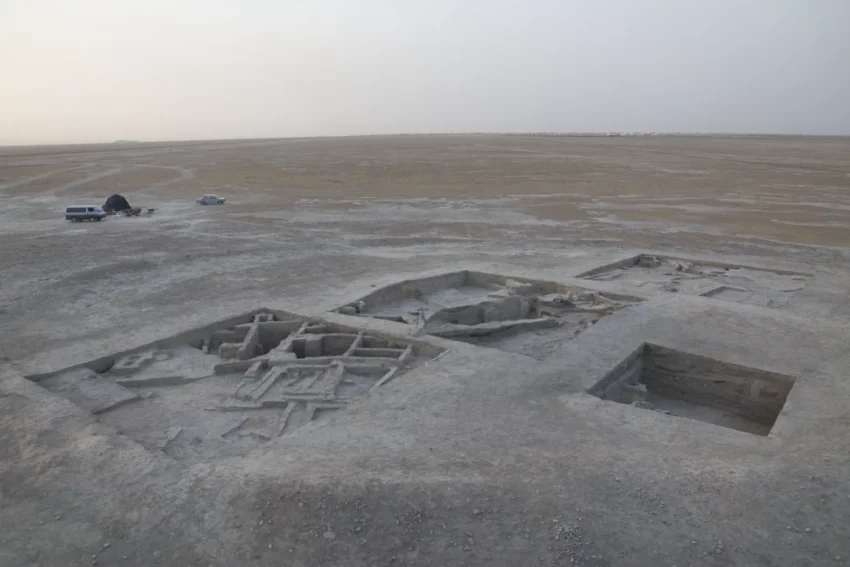Monjukli Depe: An Archaeological Insight into Early Settlements
Monjukli Depe, an ancient archaeological site, offers valuable insights into early human settlements in Central Asia. Located in modern-day Turkmenistan, this site has been a focal point for researchers studying the Neolithic and Chalcolithic periods. This blog post aims to provide a comprehensive overview of Monjukli Depe, its historical significance, and the findings from various excavations.
Get your dose of History via Email
Historical Context
Monjukli Depe dates back to the 6th millennium BC. It represents one of the earliest known settlements in the region. The site provides evidence of human habitation during the Neolithic period, transitioning into the Chalcolithic period around the 4th millennium BC. This timeline places Monjukli Depe among the earliest examples of settled life in Central Asia.
Excavations and Discoveries
Archaeological excavations at Monjukli Depe began in the mid-20th century. Soviet archaeologists first explored the site in the 1950s. More recent excavations have been conducted by international teams, including German and Turkmen researchers. These efforts have uncovered a wealth of artifacts and structural remains.
Architecture and Urban Planning
The site features well-preserved mudbrick structures. These buildings include residential units, storage facilities, and communal spaces. The layout suggests a planned settlement with distinct areas for different activities. Researchers have identified multiple construction phases, indicating long-term habitation and development.
Artifacts and Material Culture
Excavations have yielded a variety of artifacts, including pottery, tools, and ornaments. The pottery from Monjukli Depe is particularly noteworthy. It features intricate designs and suggests a high level of craftsmanship. Stone tools and bone implements provide insights into the daily lives of the inhabitants. Ornaments made from shells and semi-precious stones indicate trade connections with distant regions.
Subsistence and Economy
The inhabitants of Monjukli Depe practiced mixed farming and animal husbandry. Archaeobotanical studies have identified remains of wheat, barley, and legumes. Animal bones suggest the domestication of sheep, goats, and cattle. These findings indicate a well-developed subsistence economy that supported a stable population.
Cultural and Social Implications
Monjukli Depe offers valuable information about the social and cultural dynamics of early settled communities. The presence of communal spaces suggests social organization and cooperation. The variety of artifacts indicates a complex material culture with specialized crafts. Trade connections imply interactions with other contemporary communities.
Conclusion
Monjukli Depe stands as a significant archaeological site that sheds light on early human settlements in Central Asia. Its well-preserved structures, diverse artifacts, and evidence of a mixed economy provide a comprehensive picture of life during the Neolithic and Chalcolithic periods. Continued research at Monjukli Depe promises to further our understanding of early human societies and their development.
Sources:
For more detailed information, refer to the extensive research available on platforms like Wikipedia and academic journals.

